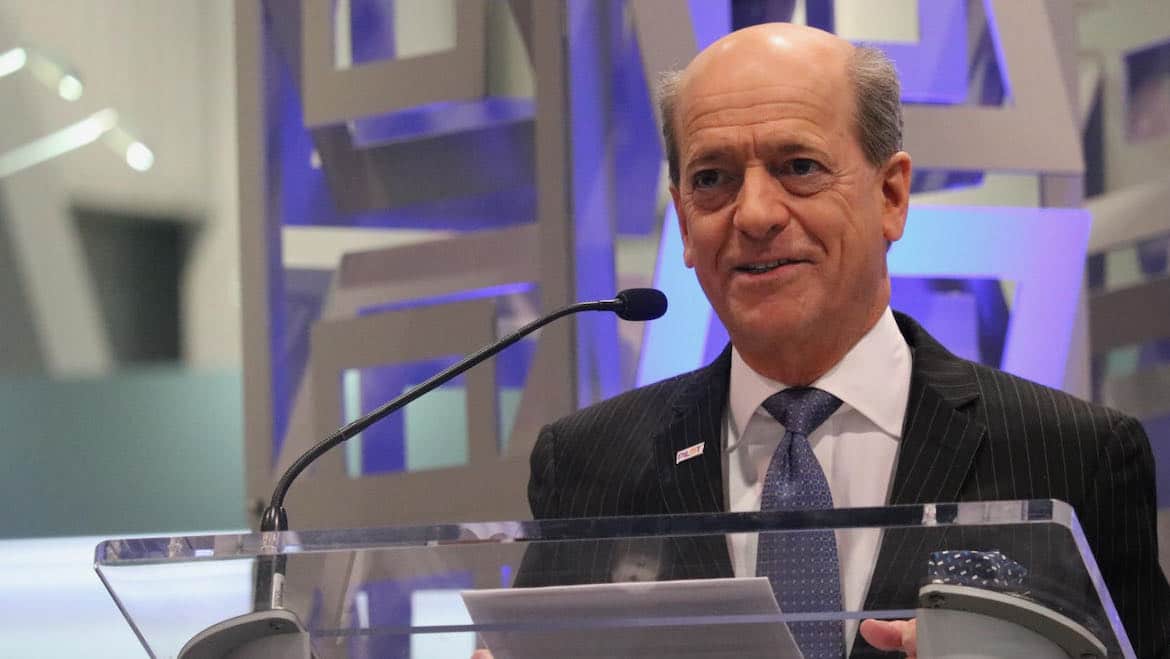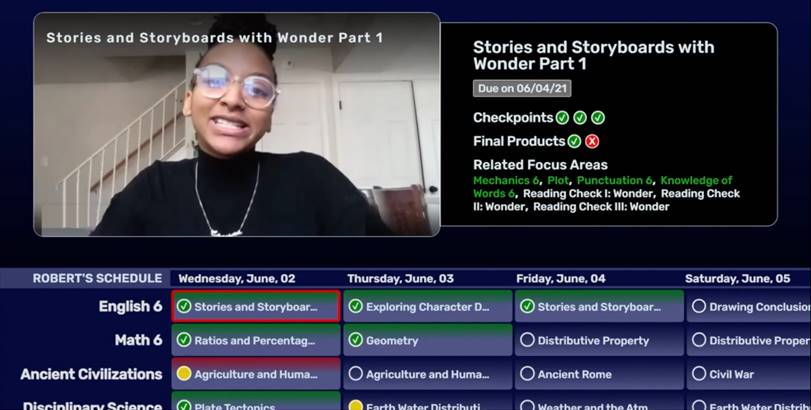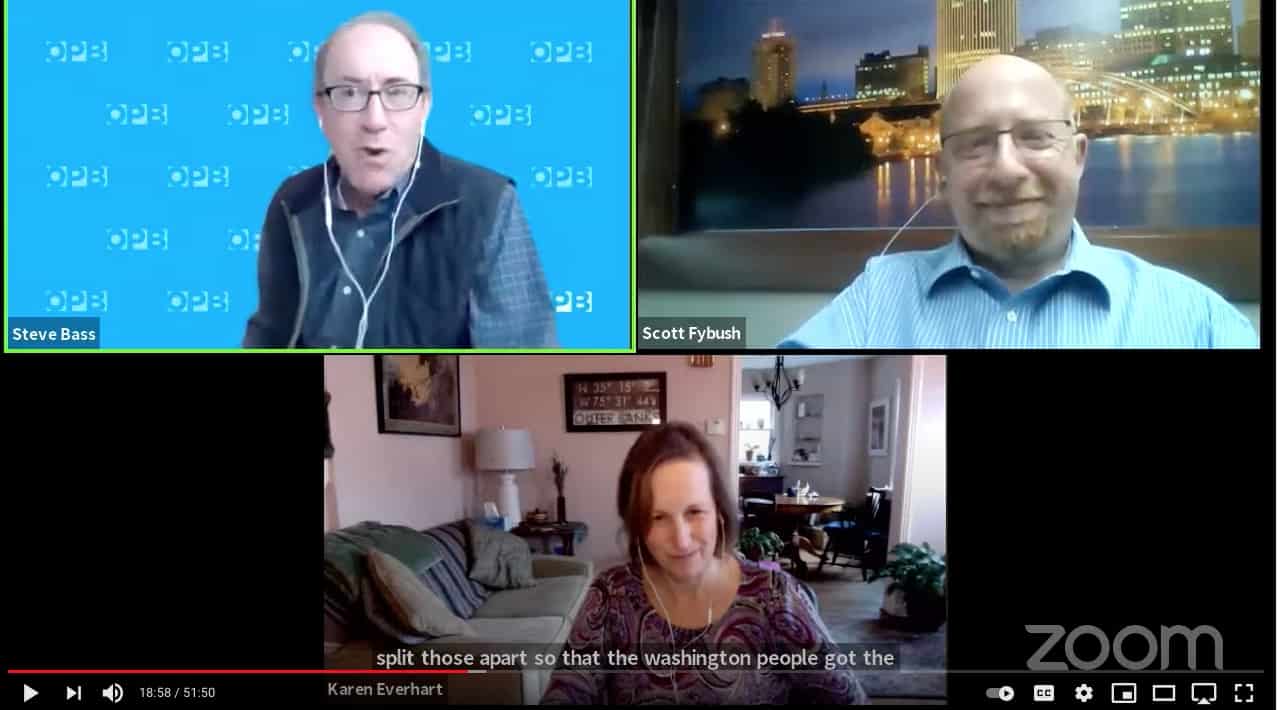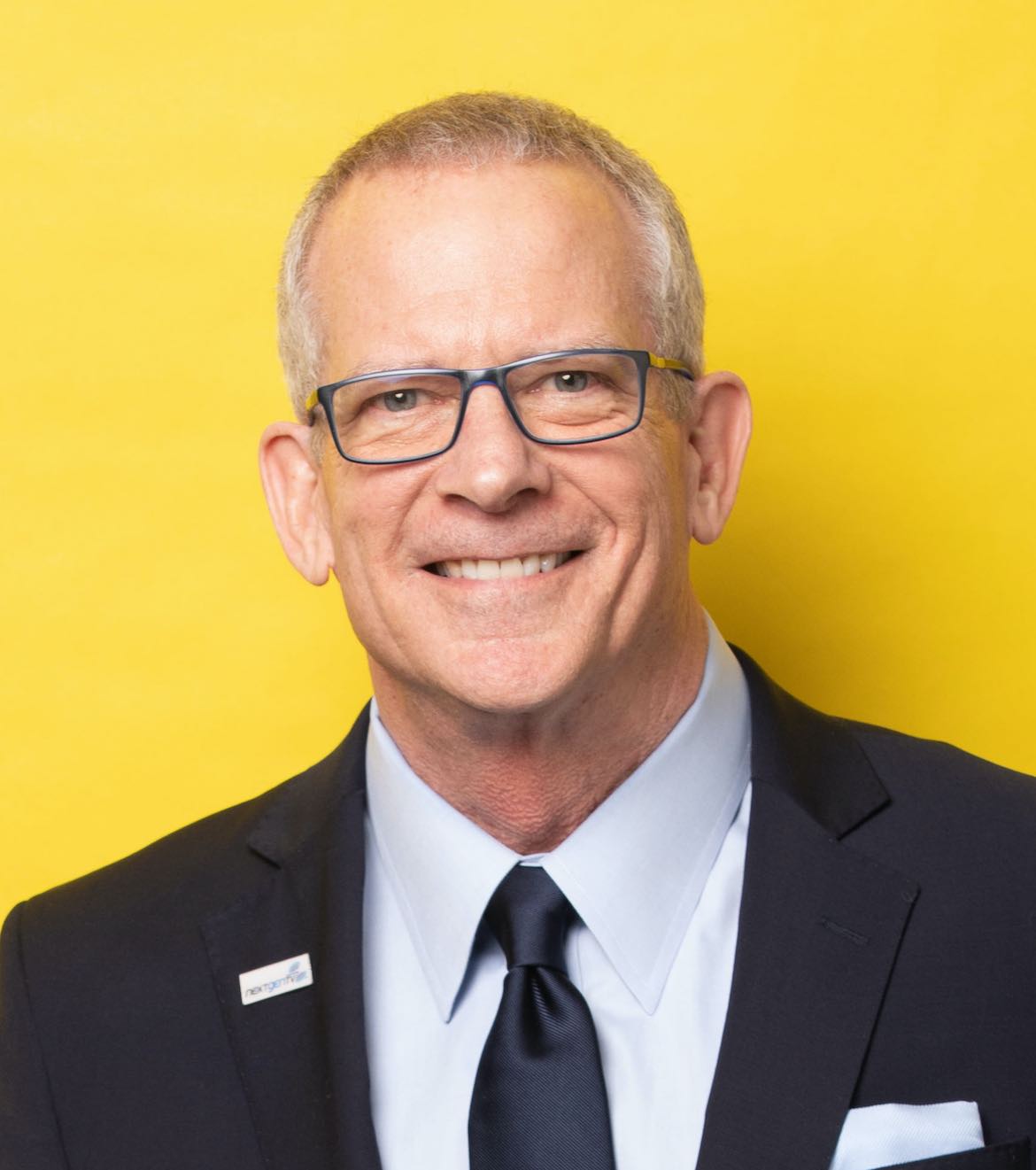Author: Scott Fybush
WNET Group unveils plan to launch New York City’s first ATSC 3.0 service
“As viewers and set manufacturers and datacasting companies see this moving into the largest television market in the country ... that’s going ...By Scott Fybush, Freelance ContributorFebruary 14, 2022In new PMVG role, Skip Pizzi digs into ‘on the ground’ work of ATSC 3.0 ...
Pizzi’s consulting position with PMVG is actually a return to a group he played a role in forming.By Scott Fybush, Freelance ContributorOctober 25, 2021New nonprofit will expand digital health and education offerings through datacasting
“Our goal as a nonprofit is to make enriching digital resources available to as many people as possible even if they don’t ...By Scott Fybush, Freelance ContributorSeptember 15, 2021Washington’s WHUT to play central role in partnership launching local ATSC 3.0 signals
WHUT's broadcast signal will get new equipment and a power boost to serve as the ATSC 3.0 host station, carrying not only ...By Scott Fybush, Freelance ContributorJune 28, 2021PMG rebrands as Signal Infrastructure Group
"We were most focused on reflecting the fact that what we're building and operating are shared infrastructure platforms that are meant to ...By Scott Fybush, Freelance ContributorMarch 9, 2021Watch our webinar about ATSC 3.0 and HD Radio
We discuss these technologies with Steve Bass, CEO of Oregon Public Broadcasting.By Karen Everhart and Scott Fybush, Freelance ContributorFebruary 15, 2021Public TV’s early adopters prepare to put ATSC 3.0 plans into action
Proponents remain bullish about the technology’s prospects but see plenty of challenges in the year ahead for public broadcasters.By Scott Fybush, Freelance ContributorFebruary 3, 2021Service-boosting ATSC 3.0 technology clears ‘important hurdle’ with FCC ruling
The commission didn't give public broadcasters everything they wanted, but a Jan. 19 decision paves the way for implementing distributed transmission systems ...By Scott Fybush, Freelance ContributorJanuary 27, 2021Public TV advocates hail FCC ruling on ATSC 3.0
The commission is giving noncommercial TV stations a break on several rules and fees, a move that public broadcasters hope will lead ...By Scott Fybush, Freelance ContributorDecember 18, 2020Public TV fights datacasting fees at FCC
Advocates are challenging a requirement that stations pay the FCC 5% of revenue from "ancillary or supplementary services," which they say could ...By Scott Fybush, Freelance ContributorSeptember 14, 2020Public Media Group partners with tower owner for bigger single-frequency network footprint
A new alliance with American Tower gives PMG access to more than 40,000 towers around the country where it could potentially locate ...By Scott Fybush, Freelance ContributorAugust 6, 2020John Lawson joins Public Media Venture Group to advocate for Next Gen TV
The business consortium of 31 public broadcasters is adding an advocacy voice in Washington.By Scott Fybush, Freelance ContributorJuly 14, 2020FCC resolves ‘big regulatory hurdles’ to public TV’s ATSC 3.0 rollout
Pubcasters didn't get everything they wanted, but America's Public Television Stations COO Lonna Thompson said the commission's solution for simulcasting difficulties is ...By Scott Fybush, Freelance ContributorJune 19, 2020Public Media Group buys WGBH share in Public Media Management venture
WGBH's decision to sell its interest in PMM is part of a pattern in which the Boston-based public media giant has incubated ...By Scott Fybush, Freelance ContributorMay 11, 2020FCC proposal could help public TV stations improve signal coverage
Co-authored by America's Public Television Stations, the proposal would expand the use of booster transmitters to fill coverage gaps.By Scott Fybush, Freelance ContributorApril 21, 2020














